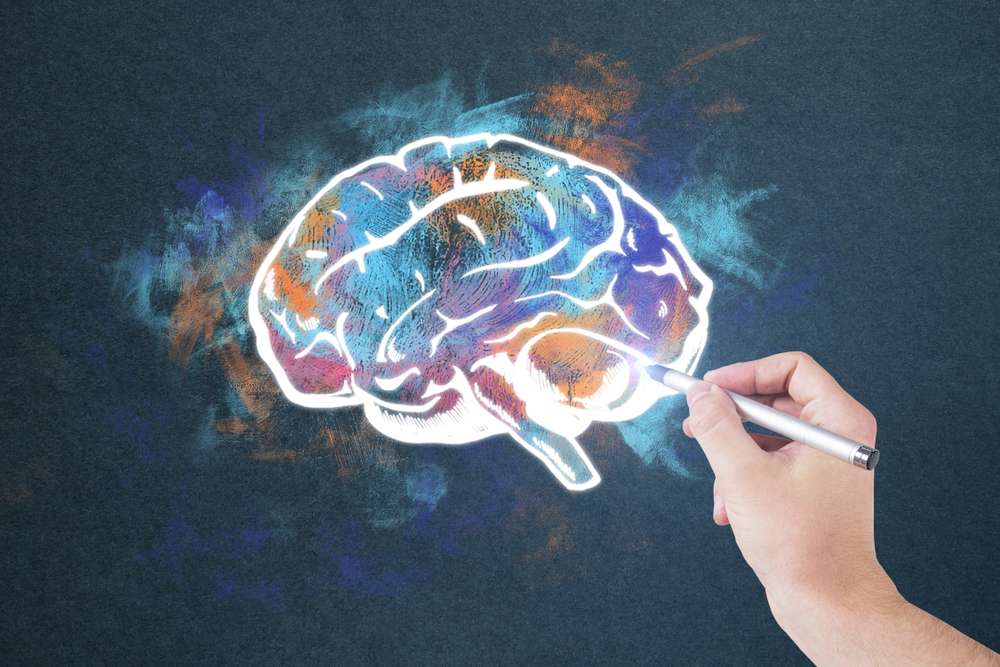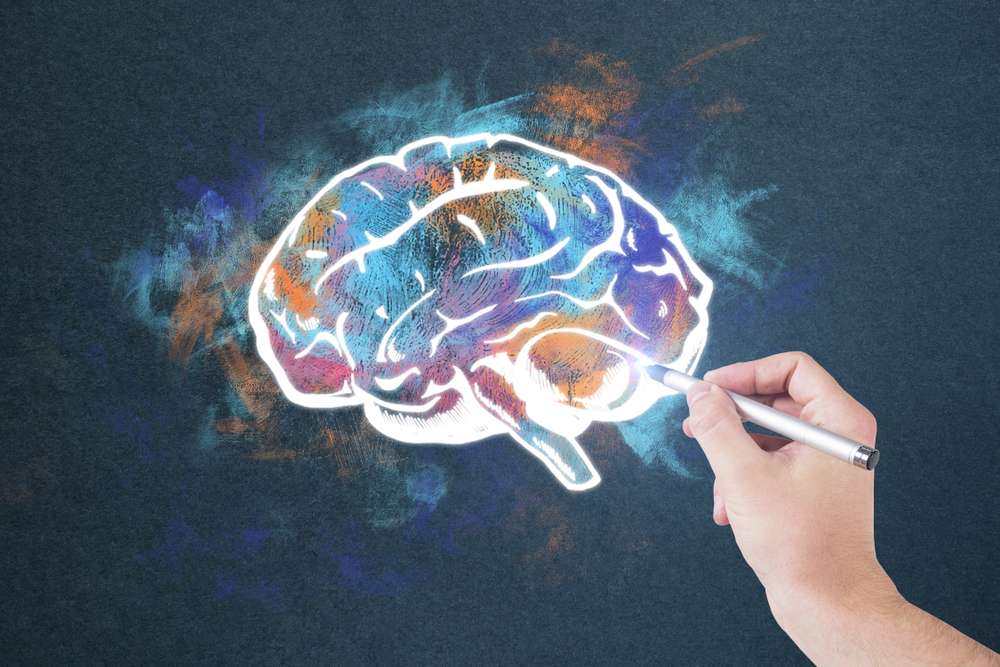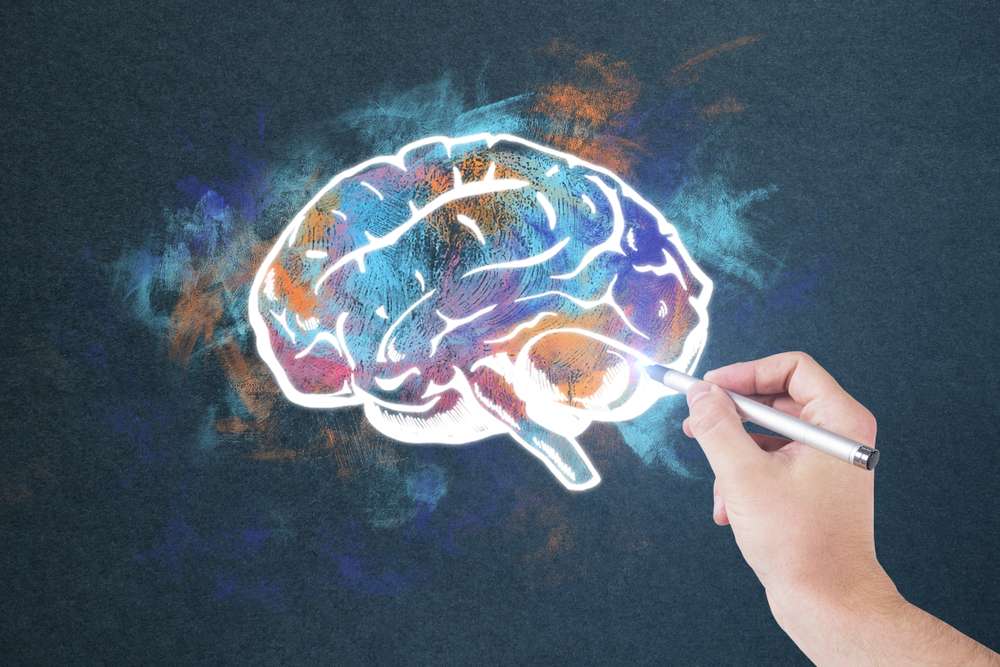
Introduction to Cognitive Load Theory and its Relevance in eLearning
Cognitive Load Theory (CLT) is a psychological framework that seeks to understand how the mental effort used in the working memory impacts our ability to learn. It suggests that our working memory has a limited capacity, and if it’s overloaded with information, our learning efficiency might decrease.
The theory was pioneered by John Sweller in the 1980s and has since been adopted and evolved by various educators and psychologists worldwide. It focuses on the capacity of the working memory – the part of our short-term memory involved in the immediate conscious perceptual and linguistic processing – and its influence on the transfer of information to long-term memory, where knowledge is stored.
In the context of eLearning, an understanding of cognitive load theory is crucial. Digital learning environments present unique challenges to cognitive load due to the versatility of materials, the independence of learners, and the demand for multitasking within digital interfaces. Too much information, complex instructions, or demanding tasks can lead to cognitive overload, impeding learners’ ability to absorb and retain information effectively.
Understanding cognitive load theory can help eLearning developers design more effective course materials. By consciously managing the cognitive load imposed on their learners, they can improve comprehension, knowledge retention, and the overall learning experience.
For example, online courses can be broken down into smaller modules, making it easier to process and comprehend the content. Visual aids may be used to simplify complex concepts. Extraneous materials that are not central to learning objectives can be removed to reduce distractions.
Moreover, the relevance of cognitive load theory to eLearning extends to the design of assessment tasks. If assessments are too cognitively demanding, they may evaluate learners’ ability to manage cognitive load rather than their understanding of the course content.
Understanding and effectively utilising cognitive load theory can, therefore, significantly enhance how we design and deliver eLearning. It has the potential to improve not only knowledge retention but also learner engagement and satisfaction, further solidifying eLearning’s position as a viable and effective educational approach.

The Elements of Cognitive Load Theory: Intrinsic, Extraneous, and Germane
In order to fully grasp the significance of cognitive load theory, it’s crucial to understand its fundamental components: intrinsic load, extraneous load, and germane load. Each of these types of cognitive load interact to determine an individual’s overall cognitive load.
Intrinsic cognitive load pertains to the inherent complexity of the information being learned. This type of cognitive load is often determined by factors such as the learner’s prior knowledge and the nature of the subject matter. Complex topics or concepts that require higher-order thinking skills typically impose a higher intrinsic cognitive load.
Take, for example, the task of learning basic algebra versus calculus. For most learners, calculus has a higher intrinsic cognitive load because it’s more complex and requires a comprehensive understanding of less complex mathematical principles. The intrinsic load can’t be changed drastically; however, effective instructional design can break down complex concepts into simpler components to make them easier to understand.
Extraneous cognitive load, on the other hand, relates to how information is presented to the learner. This type of cognitive load is influenced by the instructional design of the eLearning material. If the material is presented in a disorganized or confusing manner, the extraneous cognitive load increases, making it more difficult for learners to process the information.
For instance, text-filled slides with no clear structure or visual aids will exponentially increase the extraneous cognitive load. Instructional designers can reduce this load by presenting information in a clear, organized fashion, using multimedia wisely and allowing learners to control the pace of their learning.
Lastly, germane cognitive load refers to the mental effort invested in the process of learning – specifically, the consolidation and formation of schemas or mental models. This type of cognitive load is beneficial and necessary for deep learning and long-term retention.
Germane cognitive load increases when learners are able to relate the new information to existing knowledge, facilitating understanding and memory consolidation. Instructional strategies such as spaced repetition, the use of practice exercises or real-life scenarios can effectively increase germane cognitive load.
In sum, achieving effective eLearning involves managing these three forms of cognitive load. Instructional material should strive to minimize intrinsic and extraneous load where possible, while maximizing germane load. This balance makes it easier for learners to process new information, thereby boosting eLearning retention.

Implementing Cognitive Load Principles in eLearning Design
Cognitive Load Theory (CLT) is integral to the construction of effective eLearning experiences. The theory explains how our cognitive architecture operates and offers insights on ways to cater to these operations to enhance learning and retention. Implementing the principles of this theory into eLearning design can significantly improve the learning process and outcomes.
Creating a constructive cognitive environment starts with a consideration of the learner’s cognitive architecture. A critical aspect of this architecture is the working memory, which operates as the interface between the permanent knowledge stored in the long-term memory and the new information presented during learning. Given its limited capacity and short duration, it is the learning designer’s role to help manage the learner’s cognitive load.
The first principle to consider is the differentiation of cognitive loads. CLT identifies three types: intrinsic, extraneous and germane. The intrinsic load is dictated by the complexity of the content and can’t be changed. However, the other two are influenceable. Extraneous load, which does not contribute to learning, should be minimized. Germane load, contributing to the construction and automation of schemas, should be optimized.
Practical implementation strategies often involve simplifying the visual design and paying attention to instructional design. For instance, to lower the extraneous load, avoid using unnecessary images, information or decorative design elements that do not contribute to learning but take up the learner’s cognitive resources. Moreover, remember that working memory can only handle a few different elements at a time. Therefore, chunking content into smaller, manageable units helps to manage the intrinsic load.
Implementing multimedia principles can assist in creating a balanced cognitive load. The ‘modality principle’ suggests that people learn better from graphics and narration than from graphics and on-screen text. This is because the working memory can process visual and auditory information simultaneously, using two different ‘channels,’ rather than overloading one. Another principle is the ‘contiguity principle,’ which suggests that corresponding words and images should be presented at the same time or close together spatially and temporally.
Making the learning interactive also supports cognitive load management. For example, using virtually guided activities helps learners to focus on critical information and avoid cognitive overload. Branching scenarios, games, elaborative questioning and collaborative learning activities are great ways to encourage higher-order thinking and manage germane load.
Another strategy is to adapt the pace of eLearning to the learner’s needs. Create optional ‘more information’ sections or hyperlinks for those who want to delve deeper, and allow learners to control the pace at which they go through the material.
However, the consistent rule, in line with the minimalist principle, is to keep instructions and information necessary, sufficient, and clear.
Effective design based on CLT principles not only enhances the impact of learning but also makes the most of every moment of the learner’s precious time. Through understanding and implementing cognitive load principles, eLearning developers can create engaging and productive learning experiences.

Strategies to Reduce Cognitive Load and Boost eLearning Retention
Effectively managing cognitive load is crucial for enhanced learning retention in eLearning methodologies. Here are several strategies that can help reduce cognitive load and boost retention:
1. **Simplify Content:** Complex information should be broken down into easily digestible parts. This process, known as ‘chunking’, promotes information absorption and retention. Long paragraphs can be separated into bullet points, and important information should be highlighted to offer mental relaxation and maintain learner concentration.
2. **Use of Multimedia:** The incorporation of multimedia aids, like videos, audios, animations, and graphics, can facilitate cognitive processing. Known as the ‘modality principle,’ this idea suggests that people learn better from words and pictures than words alone. However, keep in mind that multimedia should be relevant and not overly complex, as this can increase cognitive load.
3. **Sequential Presentation:** Information should ideally be presented in a linear, step-by-step manner. This ‘sequencing’ aids in forming a clear mental model and makes complex topics more understandable and less overwhelming.
4. **Incorporate Learning Activities:** Active engagement strategies, such as quizzes or interactive discussions, facilitate ‘active processing,’ strengthening the connections between new information and the learner’s existing knowledge structure.
5. **Use Real-life Examples and Analogies:** Providing practical, real-world examples and analogies makes abstract concepts more relatable, thus reducing the intrinsic cognitive load. These methods also help in establishing relevance, thus promoting motivation and engagement.
6. **Guided Instruction:** Offering guidance during the learning process helps manage the intrinsic cognitive load, particularly when complex, unfamiliar concepts are introduced. Guidance can take the form of learning prompts, hints, feedback, and worked-out examples.
7. **Minimize Extraneous Cognitive Load:** Unnecessary distractions should be minimized to prevent cognitive overload and improve the effectiveness of eLearning. This includes excessive text, irrelevant images, or complex navigation designs.
8. **Frequent Breaks:** Regular intervals or ‘mental breaks’ are important to allow the brain to replenish its cognitive resources. Timing the release of content can aid in this, providing natural break points in the learning process.
9. **Understanding Learners’ Prior Knowledge:** Tailoring learning content to match an individual’s prior knowledge can greatly support their cognitive processing. If information is too basic or too advanced, it can either bore or overwhelm the learner, neither of which encourages retention.
Implementation of these strategies can greatly enhance the eLearning experience, efficiently managing cognitive load and increasing information retention. Each approach must be carefully analyzed and applied, as what works best may vary depending on the specific learning context and individual learner characteristics.

Case Studies: Success Stories of Applying Cognitive Load Theory in eLearning
As we explore the practical applications of Cognitive Load Theory (CLT) in eLearning environments, let’s delve into some case studies that exhibit the successful implementation of these strategies.
Case Study 1: Digital Skill Acquisition Course
In a massive open online course (MOOC) designed to teach digital skills, instructors identified that learners were struggling to retain information due to the complexity of the content. To address this problem, they divided lessons into shorter, bite-sized modules aimed to match the working memory capacity of an average learner. This created a simplified learning pathway, reducing intrinsic cognitive load. They also removed redundant information and distractions, minimizing extraneous load. Visual aids and holistic real-world examples were used to foster schema formation, positively influencing germane load. The result was a marked increase in content retention and successful course completion rates.
Case Study 2: Corporation’s Compliance Training
A global corporation was keen on improving the retention of a mandatory compliance course. CLT principles were employed in the course redesign. The content was organized logically and progressively, with the difficulty level ascending gradually, avoiding cognitive overload. Simultaneously, interactive elements like quizzes and simulations were used to drive engagement. This adaptive learning approach not only reduced cognitive load but also revitalized a previously dull course, leading to higher engagement, improved retention, and enhanced compliance.
Case Study 3: University Physics eLearning Course
A university’s physics eLearning course had a reputation for being challenging. Applying CLT, the course instructors transformed dense textual content into multimedia presentations with supporting diagrams, charts, and animations. This dual coding engaged both auditory and visual channels, enhancing understanding and retention. Moreover, problem-solving exercises were implemented that connected theory to practice, promoting germane load. Post-implementation, students showed better conceptual understanding and improved exam performance.
Case Study 4: Language Learning App
A language learning app used CLT to enhance user experience and efficacy. Instead of bombarding learners with comprehensive grammar rules and large vocabulary lists, the app introduced words and phrases in the context of realistic situations, emphasizing active recall. It minimized extraneous load through a clean interface and maximized germane load by allowing the learner to build on previous knowledge. Subsequently, the app reported increased user retention rates and accelerated language acquisition.
Each of these case studies illustrates how applying CLT principles in eLearning contexts can significantly enhance learning outcomes, primarily by easing cognitive demands and facilitating schema formation. By maintaining a delicate balance between intrinsic, extraneous, and germane cognitive loads, we can boost eLearning retention and ensure a productive and engaging learning experience for all users.


